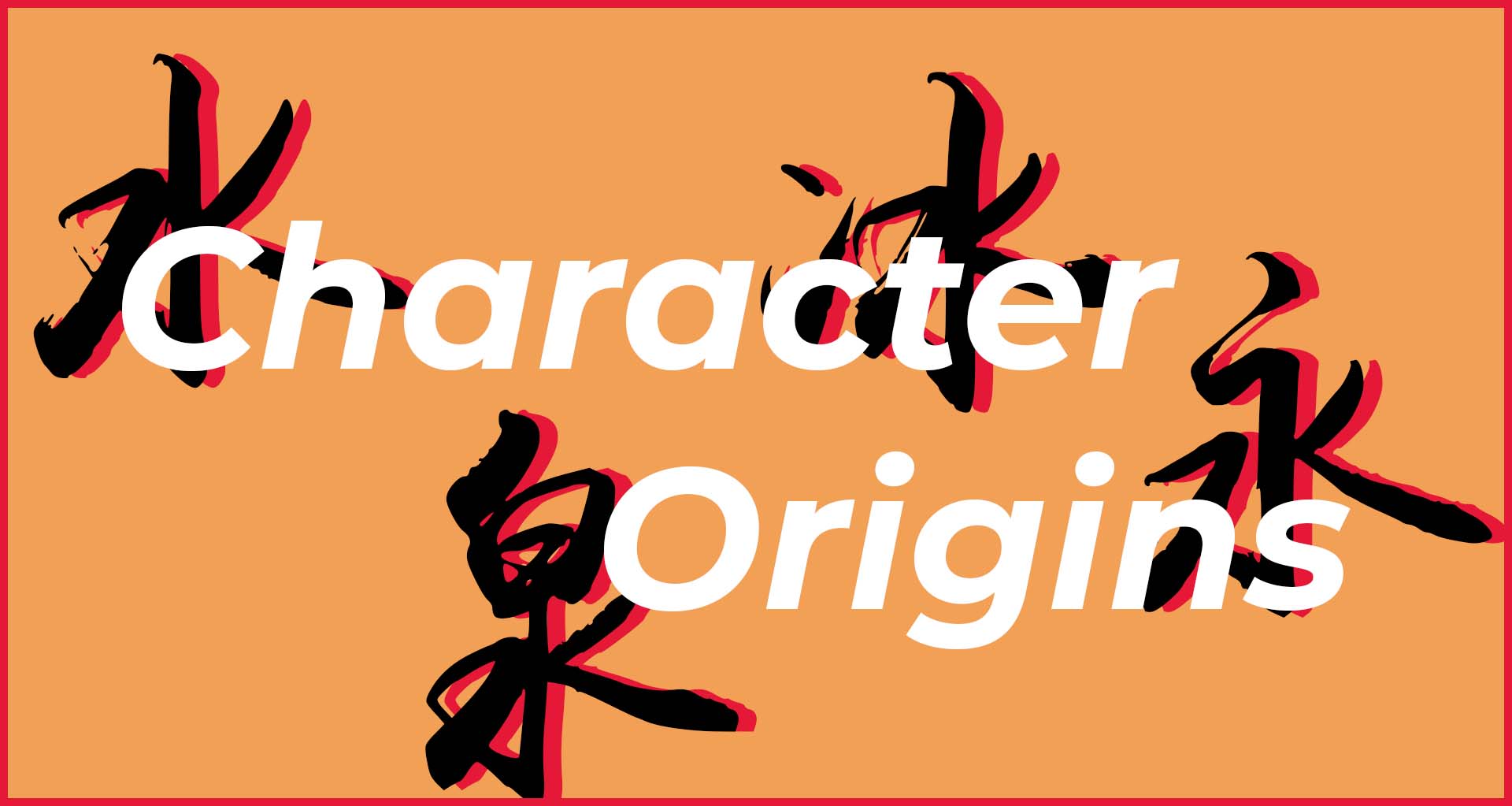多音字(duō yīn zì): Understanding Polyphones in Mandarin Chinese
Learning Mandarin is an exciting journey filled with countless characters, tones, and nuances. As you delve into the language, one fascinating feature you’ll encounter is the concept of polyphones. Polyphones, known as 多音字 (duōyīnzì) in Chinese, refer to characters that can be pronounced in multiple ways, each carrying a distinct meaning. These linguistic gems are akin to their English counterpart, homographs, which are words spelled the same but with different meanings and pronunciations, such as read and read or lead and lead.
Imagine having a specific character in mind, but depending on its pronunciation, its intended meaning can vary significantly. For example, the character 好, you can say it using the third tone (hǎo), or the fourth tone (hào), and both have different meanings. That’s the beauty and complexity of Mandarin. It’s a language where proper listening and pronunciation hold immense importance, as they can alter the intended meaning and usage of a character.
In this article, we will explore ten Chinese characters that exemplify the phenomenon of polyphones. We will shed light on their varying pronunciations and subsequent shifts in meaning and usage. By practicing your pronunciation of these characters, you’ll not only deepen your understanding of Mandarin but also impress others with your ability to employ them appropriately in different situations and contexts.
#1: 好
When beginners learn Chinese, they often come across the character 好. It’s commonly pronounced as “hǎo” and typically means “good” or “easy,” as seen in examples like 很好 (hěn hǎo, very good) or 好人 (hǎo rén, a good person).
However, in certain words and phrases, it takes on the fourth tone as “hào,” transforming into a verb meaning “to like,” as seen in 爱好 (àihào, hobby) or 好奇 (hàoqí, curious).
hǎo
(Nǐ de xiǎngfǎ hěn hǎo, dànshì bù hǎo shíxiàn.)
你的想法很好,但是不好实现。
Your idea is very good, but not easy to achieve.
hào
(Wǒ hěn hàoqí, tā wèishénme yǒu nàme duō àihào.)
我很好奇,她为什么有那么多爱好。
I`m curious why she has so many hobbies.
#2 折
During the sale season at the mall, this character appears prominently. It is most commonly pronounced with the third tone, “zhé,” and it means “discount,” as in 打折 (dǎzhé, have a discount). As a verb, it translates to “break,” as in 折断 (zhéduàn, break off).
However, in a few words and expressions, it takes on the first tone as “zhē” and functions as a verb meaning “roll over,” as in 折腾 (zhēteng, toss about).
There’s also a third pronunciation, “shé,” which indicates “losing money in business.”
zhé
(Rú lìjí fùkuǎn kě dǎ jiǔ zhé.)
如立即付款可打九折。
A 10% rebate for immediate payment.
zhē
(Shuì yī huìr , bié zhēteng le.)
睡一会儿, 别折腾了。
Sleep for a while. Don’t toss and turn restlessly.
shé
(Tā jīnnián shé le hěn duō qián.)
他今年折了很多钱。
He lost a lot of money in his business this year.
#3 空
This character has two pronunciations. The first one is “kōng.” When used as an adjective, it signifies “empty” or “hollow,” as in 空房间 (kōng fángjiān, empty room). As a noun, it represents “air” or “sky,” as in 晴空 (qíngkōng, bright sky). As an adverb, it means “in vain.”
The second pronunciation is “kòng.” As a verb, it means “to leave empty or blank.” When used as an adjective, it describes something as “unoccupied,” such as 空座位 (kòng zuòwei, unoccupied seat). As a noun, it refers to “free time,” as in 没空 (méikòng, not available).
kōng
(Zhúzi hěn qīng , yīnwei tā zhōngjiān shì kōng de.)
竹子很轻, 因为它中间是空的。
Bamboo is light because it is hollow.
kòng
(Měi duàn kāi tóu yào kòng liǎng gé.)
每段开头要空两格。
Leave two blank spaces at the beginning of each paragraph.
#4 着
This character sees frequent use with four different pronunciations.
The first one is “zháo,” which conveys the meaning of “burn,” as in 着火 (zháohuǒ, be on fire). It can also mean “fall asleep,” as in 睡着 (shuìzháo).
The second pronunciation is “zhe,” indicating that an action or state is ongoing, as in 看着 (kànzhe, is/was looking).
The third way to pronounce it is “zhuó,” which means “wear,” as in 着红色衣服 (zhuó hóngsè yīfu, be dressed in red clothes).
The fourth pronunciation, “zhāo,” is commonly used as a noun meaning “move,” as in 走错一着 (zǒucuòyīzhāo, make a false move).
zháo
(Lúhuǒ zháo de hěn wàng.)
炉火着得很旺。
The stove is burning briskly..
zhe
(ā tí zhe xiāngzi zǒu le jìnqù.)
他提着箱子走了进去。
He went in carrying his suitcase.
zhuó
(Tā shēn zhuó yì tiáo piàoliàng de qúnzi.)
她身着一条漂亮的裙子。
She is wearing a beautiful dress.
zhāo
(Shū tā yì zhāo.)
输他一着。
Lose a move to him.
#5 看
This verb holds significance for every Chinese student. It is primarily pronounced with the fourth tone, “kàn,” conveying the meaning of “look” or “read,” as in 看电视 (kàndiànshí, watch TV) or 看书 (kànshū, read a book).
However, in a few specific words and expressions, it takes on the first tone, “kān,” and signifies “look after,” as in 看孩子 (kānháizi, look after children).
Kàn
(Wǒ míngtiān qù kàn tā. )
我明天去看他。
I’ll go and see him tomorrow.
kān
(Kān zhù tā , bié ràng tā pǎo le.)
看住他, 别让他跑了!
Keep an eye on him. Don’t let him run away.
#6 和
This is also one of the characters that learners come across early on in their Chinese language journey. It is commonly pronounced with the second tone, “hé,” meaning “and,” as in 我和你 (wǒ hé nǐ, you and me).
However, in certain words and expressions, it takes on the fourth tone, “hè,” functioning as a verb meaning “to join in,” as in 和唱 (hè chàng, join in the singing).
Another pronunciation is “huò,” signifying “mix” or “blend,” as in 和水 (huòshuǐ, mix water with something).
hé
(Yì zhāng zhuōzi hé sì bǎ yǐzi .)
一张桌子和四把椅子。
A table and four chairs .
huò
(Dòushā lǐ huò diǎnr táng.)
豆沙里和点儿糖.
Mix a little sugar into the bean paste
hè
(Tā hè zhe chàng.)
他和着唱。
He is joining the singing.
#7 行
Similar to the character 好, this character can also be used to say “OK.” In most words and expressions, it is pronounced as “xíng.” As a verb, it means “to go,” such as 步行 (bùxíng, go on foot). As an adjective, it means “capable.” And as a noun, it means “behavior,” as in 言行 (yánxíng, words and deeds).
The second pronunciation is “háng,” which signifies “trade and business” when used as a noun, like 各行各业 (gèhánggèyè, all trades and professions). As a measure word, it represents “a row of,” as in 一行树 (yīhángshū, a row of trees).
xíng
(Tā yóuyù le hěn jiǔ ,ránhòu shuō “xíng”.)
她犹豫了很久,然后说“行”。
She hesitated a long time and then said ‘ok’.
háng
(Gàn yīháng ài yīháng. )
干一行爱一行。
Love whatever job one takes up.
#8 把
This character can be pronounced two ways.
The first pronunciation is “bǎ.” As a noun, it means “handle,” such as 把手 (bǎshou, handle). As a measure word, it means “a handful,” as in 一把米 (yībǎmǐ, a handful of rice). As a verb, it means “to hold,” like 把住栏杆 (bǎzhù lángān, hold on to a railing).
The second pronunciation is “bà.” It means “stem,” as in 梨把 (líbà, stem of a pear).
bǎ
(Bǎ mén guān shàng .)
把门关上。
Close the door.
bà
(Tā shǒu lǐ yǒu yīxiē huābà.)
他手里有一些花把。
There are some flower stems in his hand.
#9 会
Most of the time, this character is pronounced as “huì.” As an auxiliary word, it signifies “going to” or “will.” As a verb, it means “to meet” or “to see,” for example 相会 (xiānghuì, meet). As a noun, it refers to a meeting, like 开会 (kāihuì, have a meeting).
In a few words and expressions, it is pronounced as “kuài.” It denotes “computing” or “calculating,” such as 会计 (kuàijì, accountant).
huì
(Jiàoshī hé jiāzhǎng zài xīngqī liù xiàwǔ jùhuì.)
教师和家长在星期六下午聚会。
The teachers and parents got together on Saturday afternoon.
kuài
(Kuàijì gānggāng líkāi.)
会计刚刚离开。
The accountant just left.
#10 乐
This character has two pronunciations.
The first one is “lè.” When used as an adjective, it means “joyful,” like in 快乐 (kuàilè, happy). As a verb, it signifies “enough,” as in 乐此不疲 (lècǐbùpí, enjoy doing something and never get tired of it). As a noun, it denotes “pleasure,” as in 享乐 (xiǎnglè, enjoy life). As an adverb, it means “gladly,” as in 乐于 (lèyú, be happy to).
The second pronunciation is “yuè,” which is a noun meaning “music,” as in 奏乐 (zòuyuè, play music).
lè
(Nǐ lè shénme ya?)
你乐什么呀?
What are you laughing at?
yuè
(Yáogǔn yuè yǐjīng jìnrù le yí gè tíngzhì qī.)
摇滚乐已经进入了一个停滞期。
Rock’n’roll had entered a period of stasis.
Closing Thoughts
The complex concept of Mandarin polyphones is adds layers of depth and intrigue to the language. The ability to harness the nuances of pronunciation and understand the contextual variations of these characters is a skill that sets proficient Mandarin speakers apart.
By immersing yourself in the study of polyphones, you not only enhance your communication abilities but also gain a deeper appreciation for the rich cultural heritage embedded within the Chinese language. Whether it’s mastering the different pronunciations of 好, deciphering the various meanings of 折, or navigating the multifaceted nature of characters like 空, 看, 和, 行, 把, 会, and 乐, your journey through Mandarin will be a rewarding one.
We hope that your exploration of Mandarin polyphones will lead you to new horizons of language proficiency and cultural appreciation.
Take up the challenge of exploring polyphones and learn more with 多音字: 50 Commonly Used Chinese Polyphonic Characters (Ebook).





Slight correction : #5 – kàn is fourth tone, not third tone =)
thanks, just updated it.
Is it a really pleasent to wirte you a short lines in it, I recently start up to learning Chinese to me is a passsion and I want to putting much more my learning proccess in that, and I aprecited so much your Help Actually I´m living in Venezueln and so so much Greeting to you